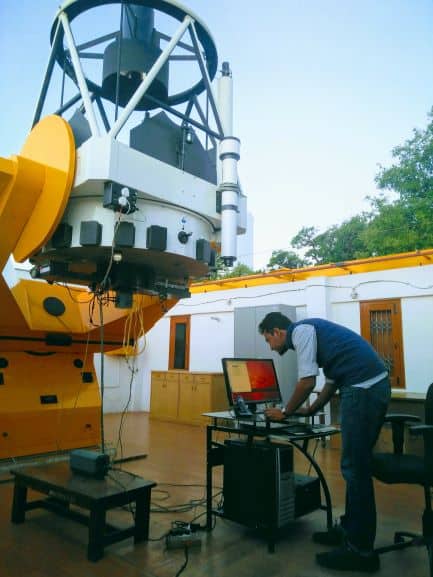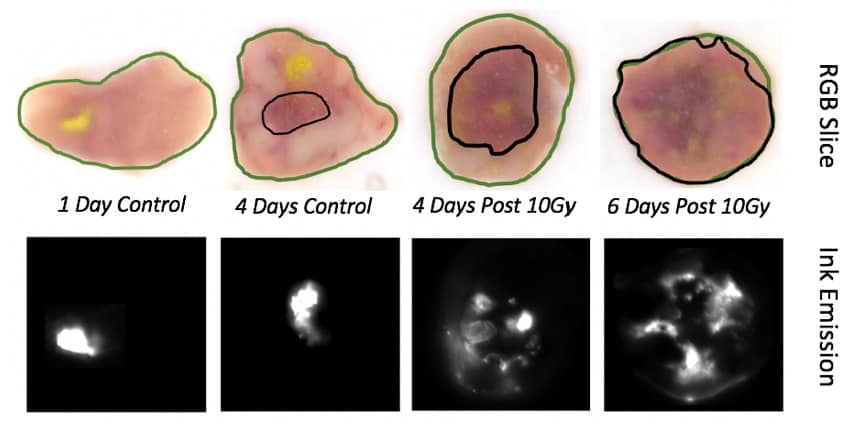While writing my February column about environmental activist Greta Thunberg sailing rather than flying across the Atlantic, I came across information that shocked me. According to the Economist (11 March 2017), the emissions of nitrogen and sulphur oxides from 15 of the world’s largest ships match those from all the cars on the planet. Indeed, if the shipping industry were a country, it would be ranked between Germany and Japan as the world’s sixth-largest emitter of carbon dioxide.
Shipping is the lifeblood of the global economy and 90% of trade is seaborne. More than 90,000 ships crossed the oceans in 2018, burning two billion barrels of the dirtiest fuel oil. Ships belch out pollutants into the air, principally sulphur dioxide, nitrogen oxides and particulate matter. These nasties have been steadily rising and endangering human health, especially along key shipping routes. They also create 2–3% of the world’s total emissions of carbon dioxide and other greenhouse gases.
Shipping – like aviation – isn’t covered by the Paris Agreement on climate change.
But because of its international nature, shipping – like aviation – isn’t covered by the Paris Agreement on climate change, which seeks to limit the global temperature rise to 2 °C this century by reducing emissions. Instead, it is up to the International Maritime Organization (IMO) to negotiate cuts in emissions from the shipping industry. The IMO wants to reduce emissions from the sector by 50% by 2050, but it is facing increased demand from population and economic growth. If left unchecked, maritime emissions will rise six-fold by that date.
The worst fuel?
Most ships today burn bunker fuel. It’s a “heavy” fuel oil – mostly what’s left over after crude oil is refined. Literally, it’s the dregs. It’s also toxic when burned, and currently contains 3500 times as much sulphur as diesel fuels do.
The IMO has already adopted mandatory measures to cut greenhouse-gas emissions from international shipping. As of last year, all ships over 5000 tonnes – those that emit 85% of all maritime greenhouse-gas emissions – have been required to collect fuel-oil consumption data. And from this year, the IMO has capped sulphur emissions by banning the sale of high-sulphur fuels, which must now contain no more than 0.5% sulphur – down from 3.5%. Ships must also use “scrubbers” to deal with exhaust gases.
More than $12bn (£9.7bn) has so far been spent on fitting these exhaust-gas scrubbers to ships. These devices process the sulphur, creating a liquid by-product that contains pollutants, heavy metals and carcinogens that can harm sea-life. A total of 3,756 ships had scrubbers installed by 2019, which sounds great until you realize that about four-fifths of vessels – 3014 to be precise – have “open-loop” scrubbers that simply pump the toxic liquid by-products straight back into the sea. Worse still, scrubbers increase fuel consumption by about 2%, adding to carbon-dioxide emissions.
It is easy for the IMO to seem like the bad guys, but it’s made up of 174 individual national representatives, each fighting their own economic corner. In my view, the IMO – a UN body – is doing its best. Maersk – the world’s largest container-shipping company – estimates that the IMO’s 2020 rulings will result in a $2bn rise in its annual fuel costs to switch from high-sulphur fuel to marine gas-oil, which is almost 50% more expensive. The company itself has invested $1bn in cleaner technology development over the last four years.
Ammonia to the rescue?
One way of making shipping greener could lie with ammonia (NH3). A pungent gas in its natural form, ammonia is widely used by farmers as a fertilizer and might seem an odd saviour for the shipping industry, especially as the manufacturing process is far from green. Ammonia is made by reacting nitrogen at high temperatures and pressures with hydrogen obtained from methane. The latter is an energy-hungry process, known as “steam methane reforming”, that accounts for 1.8% of all carbon-dioxide emissions.
However, according to a new report from the Royal Society, ammonia has a vital role as a zero-carbon fuel and energy store. It says that the maritime industry is likely to be an early adopter of “green ammonia” – a fuel made by mixing nitrogen from the air with hydrogen obtained by electrolysing water using electricity from sustainable sources. Green ammonia could either be burnt in a ship’s engine or used in a fuel cell to produce electricity. Water and nitrogen are its only by-products and it has an energy content of 3 kWh per litre of fuel compared with just 2 kWh/l for liquid hydrogen.
According to a new report from the Royal Society, ammonia has a vital role as a zero-carbon fuel and energy store.
Although conventional fuel oil has a higher energy content of 10 kWh/l, ammonia is easily stored in bulk as a liquid at modest pressures (10–15 bar) or refrigerated to –33 °C – making it an ideal chemical store for renewable energy. Ammonia also benefits from a fully existing near global distribution network, in which it’s stored in large refrigerated tanks and transported around the world by pipes, road tankers and ships.

The secret to flying carbon-free
Earlier this year, the shipping body Lloyds Register along with engine maker MAN, Samsung Heavy Industries and the MISC Group announced plans to develop ammonia-fuelled tankers to deliver viable deep-sea zero-emission vessels by 2030. The UK’s Science and Technology Facilities Council has also been working on green-ammonia technology with three firms – Siemens, Engie and Ecuity – for some time. Indeed, Bill David – a chemist from the University of Oxford – told me at a recent business event that trucks and cars might one day use this fuel too.
Sure, ammonia costs more than conventional fuels for ships. But if the power to create the hydrogen and ammonia can come from carbon-free sources, such as renewables or nuclear, then surely green ammonia will be the future of carbon-free shipping and other sectors too.



